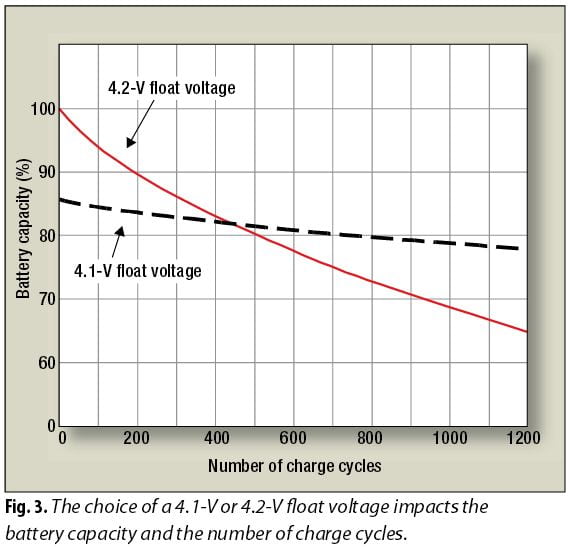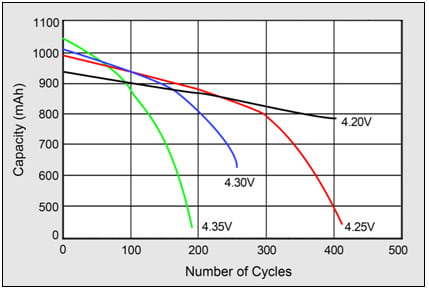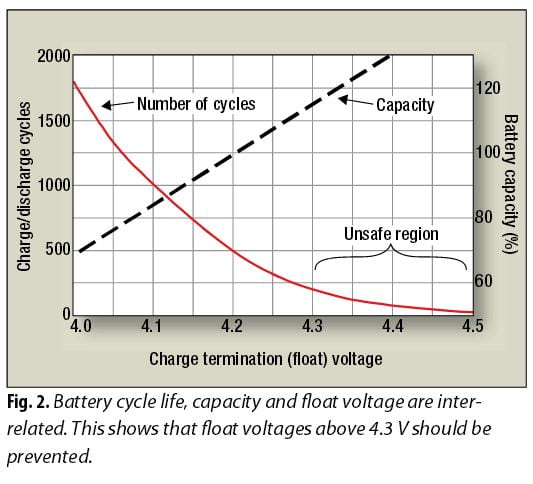okashira said:
NCA has two advantages over LiCo worth mentioning in regards to a topic many are ignoring.
1.) More energy is stored at the lower voltages. This is good because if you charge a NCA cell to 4.10, it's like 93% capacity compared to 88% for LiCo.
2.) NCA lasts longer when stored at high voltage. Put an NCA cell and a LiCo cell in storage at 4.17V, and the NCA cell will last three times longer.
Comparing apples to apples:
Charge a LiCo to 90%
Charge a NCA cell to 90%...
The NCA cell will probably last six times longer in storage.
This doesn't even touch on cycles. Many people just want to be able to leave their bike with a decent charge when not riding.
While I agree NCA is the cat's pajamas, you are attributing too much to the cathode material chemistry. The cathode chemistry itself is neat, and everyone loves to talk about it, but as far as making a cell safe or durable in cycling and calendar life etc, the cathode chemistry is one of the lesser significant factors.
The stuff that makes cells durable and long lasting and safe comes down largely to the surface geometry of the surfaces wetted by the electrolyte, and the electrolyte itself, and even the type and design of the separator.
For example, there are sketchy dangerous short lived LiFePO4 cells, and there are some extremely long-life safe LiCo cells.
While NCA is an awesome cathode material, it is pretty reactive and if you built a cell up with NCA cathode materials and didn't design an optimized particle surface shape and used low-quality hobby-grade electrolyte, and gave it a no-safety features hobby-cell separator, it would make a pretty shitty short-lived potentially dangerous cell.
If you take the NCA cathode material, and then also build a quality cell around it, only then do you get a long lasting durable safe cell. It's not something that auto-magically occurs because the cathode slurry contains NCA.
This is why it's pretty bogus to attempt to draw conclusions about a cells performance or safety or calendar life based around whatever it's cathode material may happen to contain alone.







